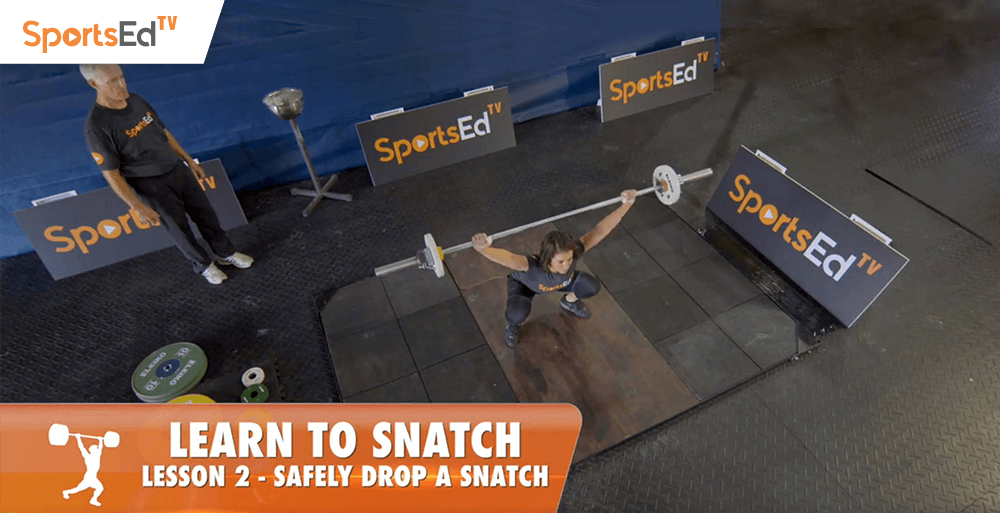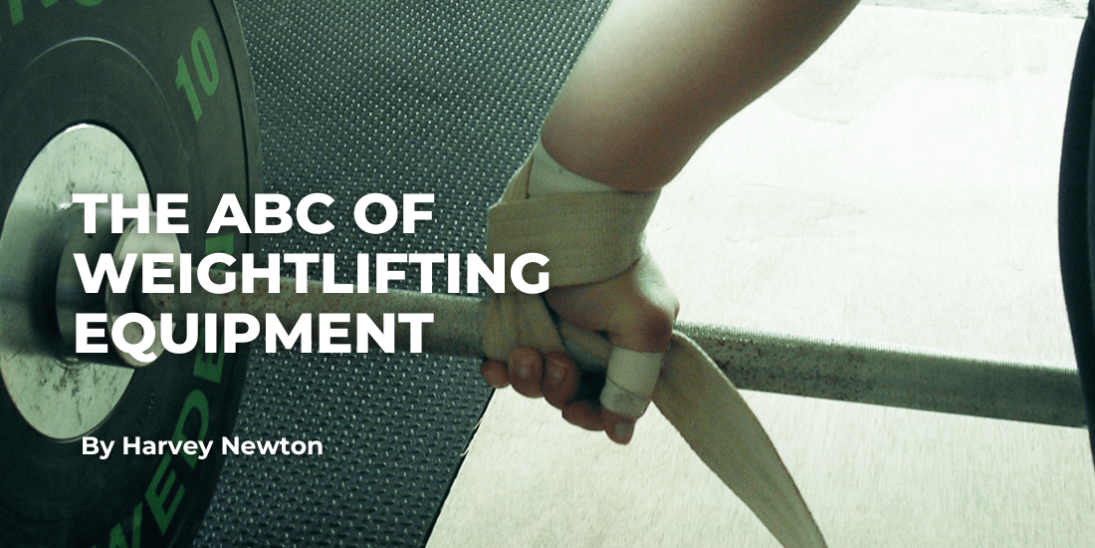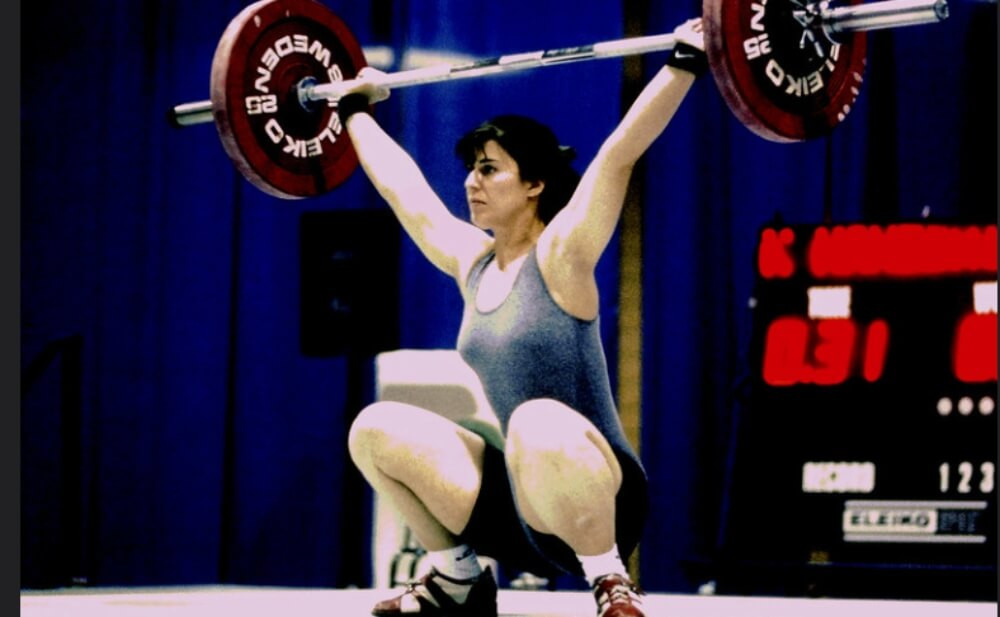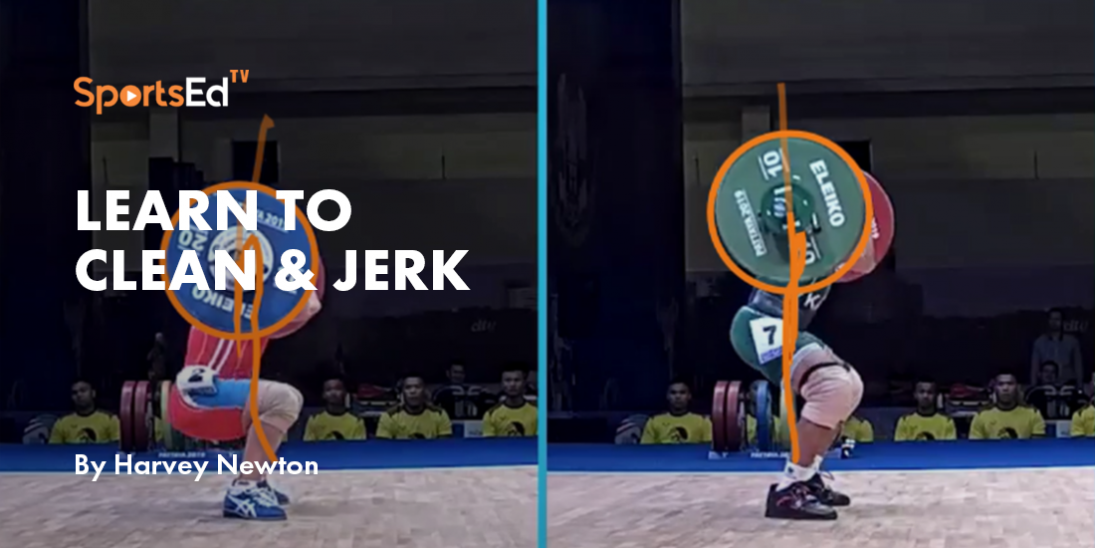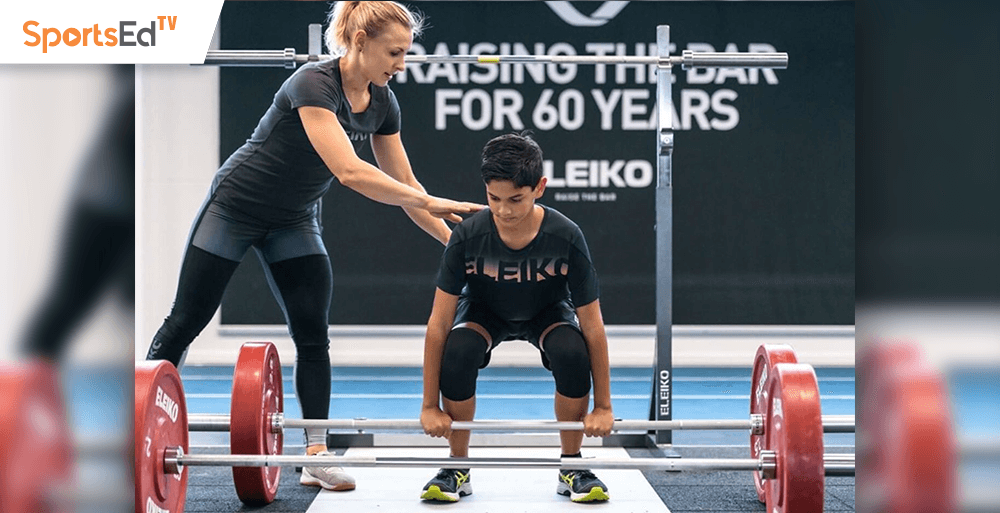Weightlifting
Welcome and thanks for visiting...

Learn to Snatch By Harvey Newton
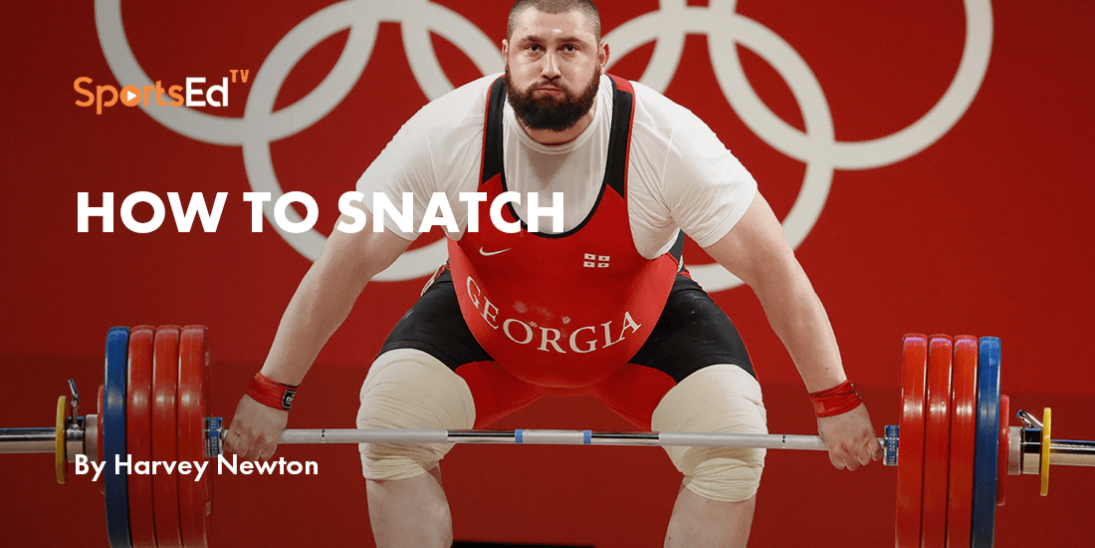
Weightlifting’s snatch lift (squat, split, or power styles) requires a good deal of proper technique. Many athletes try to simply tear the weight off the floor and swing it overhead with raw strength. That’s OK, it might even pass in competition, but this is NOT the way to lift maximum weights.
SportsEdTV has set up a simple, easy-to-follow lesson plan to help you learn to snatch. Our lesson sequence focuses on learning to power snatch, the easiest style to master. After some months of training, you can slowly work in the squat or split style.
Study the details of the snatch technique before attempting a snatch.
In order to optimize performance, it’s important to learn good technique early (before too many bad habits are formed), easily (with light weights), and consistently. After the solid technique has been mastered, a lifter can begin to lift bigger weights.
As a first step toward learning to squat snatch, be sure you can safely perform the
overhead squat exercise.
If the overhead squat is difficult, do not attempt a squat-style snatch. Focus instead on learning either a split-snatch
or stay with a power snatch style.
After several training sessions where you become comfortable in the overhead squat, next take time to practice dropping a dowel or PVC from the bottom position. Everyone eventually loses a snatch, either because of balance or a misdirected barbell. Learn safely how to drop a lightweight before progressing.
The best way to learn to snatch is with a top-down methodology. Start by learning the most explosive “2nd Pull” first, then the more complicated “Transition,” and finally, the “1st Pull.”
Ready? Let’s get started!
Snatch block
If your gym facility has what is called pulling or lifting blocks, we suggest you start like this:
If you do not have access to blocks, learn to snatch by lifting “from the hang.”
After you can consistently maintain a balanced, triple-extended position, you’re ready to move to a full power snatch from this high block or hang position. With blocks, start in exactly the same position as the previous lesson:
Without blocks, you again take up the same position. Focus on pushing the bar overhead with your lower body.
You are encouraged to take several weeks learning to power snatch from the high blocks. As you become familiar with the positions and become more consistent, it is time to tackle the transition phase. This is probably the most difficult stage to learn, so don’t rush things.
If you have blocks, lower them so the bar is now just below your kneecaps. Pay attention to the changes in body position needed in order to return to your previously learned high block position.
If you’re not using blocks, here’s the same exercise from the low hang:
As the snatch pull from the low blocks or low hang becomes consistent, move now to a full power snatch from this same position.
Without blocks, it looks like this:
After several more weeks (or months) of practicing the power snatch from a position around the knees, you are ready to lift from the platform. It’s a good idea to practice setting up and lifting only to the knees (hold for 2 seconds), and return. This is the 1st pull, not shown in the videos, but it is well worth practicing a few times. Again, look at changes in body positions when lifting from the platform.
Start slowly, don’t try to lift too quickly at first. Eventually, you will perform the snatch (from lift-off to lockout) in less than 1 second. But, if you try to go too fast from the platform you may miss some of the key positions you have already mastered in the top-down method we have used. (You’ll see here 2 different clips featuring 2 lifters performing the power snatch.
Power Snatch
There you have it, well done. Take your time, learn each stage consistently, and you will be ready to train and compete in the challenging but exciting snatch lift!




